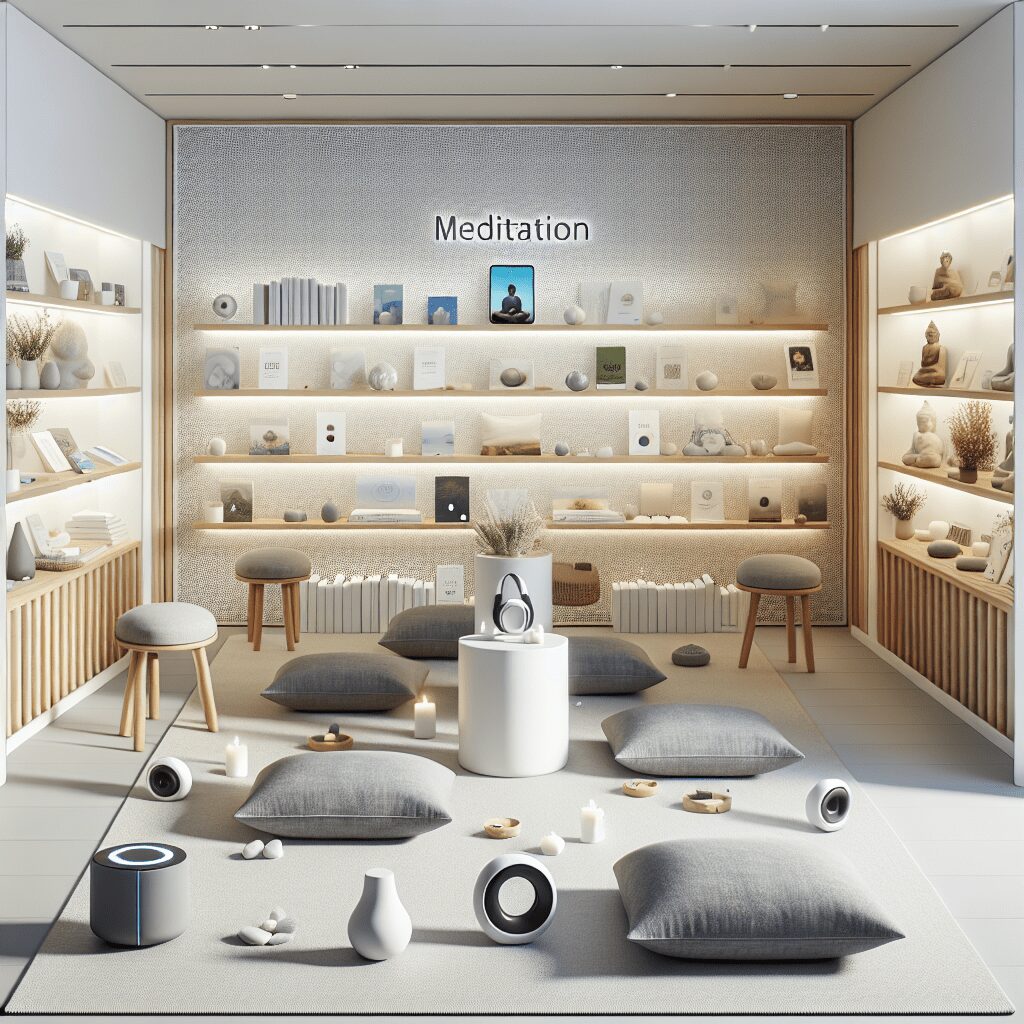
Prioritize your mental well-being daily. Enhance your life by nurturing your mental health with the Smart Meditation app. Break free from stress, alleviate anxiety, and enhance your sleep quality starting today.
How Much Benadryl For Anxiety?
Unraveling the Benadryl Buzz: A Closer Look at Its Use for Anxiety
In the quest to quell the tempest of anxiety, many have turned to an unlikely ally – Benadryl. Known to the science nerds as Diphenhydramine, this over-the-counter medication, typically hailed as an antihistamine for combating allergic reactions, has found its way into the anxiety relief arena. But, before you dive into your medicine cabinet, it’s crucial to navigate through the intricacies of using Benadryl for anxiety.
The Lowdown on Benadryl Dosage for Anxiety Relief
“Is there a one-size-fits-all when it comes to Benadryl dosage for anxiety?” you might wonder. Well, hold your horses! The response isn’t as straightforward as you’d hope. Primarily, Benadryl isn’t FDA-approved for managing anxiety. That’s right! Its anxiolytic (anxiety-reducing) effects are more of a fortunate side effect for some folks rather than its main gig. Consequently, there’s no official guideline carved in stone about its dosage for anxiety.
However, let’s unpack what we’ve got:
-
The Standard Dose: For adults and kids above the age of 12, the typical dose of Benadryl for allergic reactions ranges between 25 to 50 mg every 4 to 6 hours. Now, for those venturing into uncharted territories to mitigate anxiety, a starting dose on the lower end is prudent.
-
Err on the Side of Caution: Given its sedative properties, starting with a smaller dose to assess how your system reacts is wise. Aye, Benadryl can make you drowsy, and boy, do I mean drowsy! It’s best to avoid machinery or engaging in activities that require sharp focus post-consumption.
-
Consultation Is Key: Can’t stress this enough – talking to a healthcare professional before repurposing Benadryl for anxiety is a must. They can provide tailored advice considering your medical history and current medication regimen.
Delving into the Depths: What You Need to Know
Using Benadryl as a makeshift anxiety aid isn’t all sunshine and rainbows. Here’s the skinny on some pressing points:
-
Dependency and Tolerance: The body can get used to the sedative effects of Benadryl, leading to a need for higher doses to achieve the same level of anxiety relief. That’s a slippery slope you don’t want to toboggan down.
-
A Temporary Fix: Benadryl might offer transient relief from anxiety symptoms, but it doesn’t address the root cause. It’s like putting a Band-Aid on a leaky pipe – useful in a pinch, but not a long-term solution.
-
Side Effects Galore: Besides drowsiness, potential side effects include dizziness, dry mouth, constipation, blurred vision, and urinary retention. In older adults, the risk of confusion and falls skyrockets. Not exactly a walk in the park, eh?
Wrapping It Up with a Bow
In the grand scheme of things, while Benadryl might provide an occasional safety net for anxiety distress, relying on it as a primary coping mechanism could be as futile as trying to row a boat with a spaghetti noodle. It’s a Band-Aid solution for a problem requiring stitches – a temporary measure, not a cure.
Venturing down the path of using Benadryl to keep anxiety at bay should be done with caution and under the guidance of a healthcare professional. Remember, exploring more sustainable methods and treatments for anxiety, tailored to your unique needs, promises a more fruitful outcome in the journey towards mental wellness.





